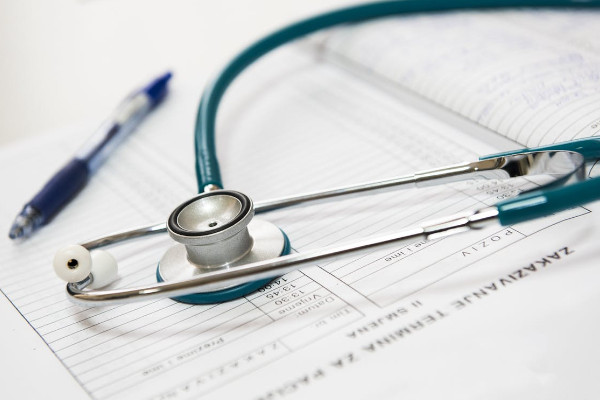The first electronic health record (EHR) system was developed in 1972 as hospitals started modernizing clinical data management. Back then, the cost to create EHRs is too high, and the process of data entry too inconvenient for physicians for this technology to flourish.
However, in the early ‘90s, the inefficiencies of paper patient records became more apparent. With hardware becoming more affordable and the use of computers easier and more convenient, EHRs soon took off.
Healthcare providers started integrating EHRs with their operations, creating a hybrid data management system with both EHRs and paper records being used until today. According to data from the Office of the National Coordinator for Health Information Technology, 85.9 percent of office-based physicians have adopted an EHR system as of 2017.
In 2014, provisions in the Patient Protection and Affordable Care Act (PPACA) included a mandate that requires all healthcare providers to use health information technology, including EHR. Because of this, a new era of healthcare management was introduced, one where it’s easier for clinical practices and their patients to manage and access their records and eliminate the inefficiency of paper records.
But the digitization of data isn’t the only benefit of using EHR and other types of health IT. By going paperless, healthcare practices can enjoy the following benefits:
1. It Lowers the Risk of Exposure
One of the biggest risks of using paper records is exposure. A piece of paper can easily get lost or misplaced, ending up in the hands of someone who isn’t supposed to be privy to the information it contains.
For example, some physicians send their patients’ health records through mail, which can accidentally get sent to the wrong address. If a natural disaster destroys a hospital, paper records may not only be destroyed; they may also lay scattered all over, exposing patient information. This is a violation of the Health Insurance Portability and Accountability Act or HIPAA.
Meanwhile, the risk of unauthorized access to patient records in a medical management dashboard is much smaller because HER systems are structured to comply with HIPAA regulations.
2. It Improves Accessibility
Ironically, patient records weren’t easily available to the patients themselves in the past. They would have to go through several hoops, such as contacting the medical practice keeping their records, completing even more forms, confirming their identity, and signing some authorization agreement.
Now, thanks to patient portals, the problem of accessibility is virtually eliminated. With a few clicks, patients can access their encrypted health records. This access allows them to review the results of their medical examinations, schedule appointments, or ask their doctors questions they might have. Similarly, physicians themselves can access their patients’ information, allowing for better monitoring.
